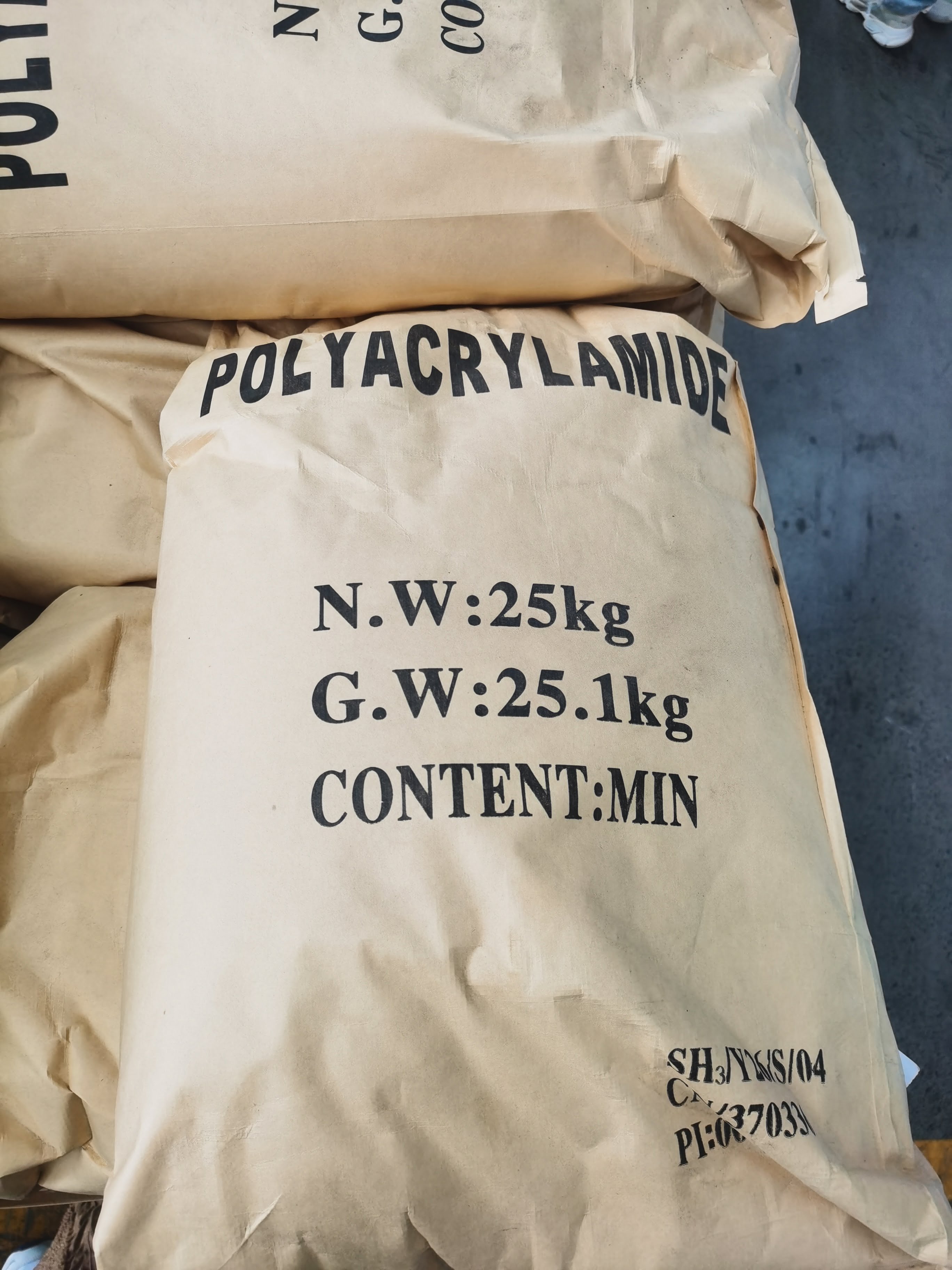How to Choose Polyacrylamide Models for Different Sewage Treatment Processes
How to choose the polyacrylamide model for different sewage treatment processes. The sewage treatment process can be divided into two processes: sewage desliming and sewage flocculation. The polyacrylamide models used in different processes may be different, so how to choose?
Anionic polyacrylamide is generally used for sewage flocculation, because the molecular weight of anionic polyacrylamide is generally high, but its water solubility is poor, its molecular stretch in water is large, and it has good particle net trapping and bridging functions, thereby enabling flocculation. The structure becomes enlarged and coarsened, which can effectively handle the sedimentation and separation of suspended solids or heavy metal ions, thus playing a flocculation role.
Cationic polyacrylamide is generally used for sludge dehydration. The molecular chain of cationic polyacrylamide has positive charges, and as the ionicity increases, the charge density increases. Cationic polyacrylamide has better water solubility. Generally, the sludge in water plants is It is a highly hydrophilic colloid, and the water it contains is difficult to remove. The use of cationic polyacrylamide can make the sludge colloid chain segments adsorbed on different particles, promote the aggregation of particles, and achieve a good dehydration effect of mud-water separation.
Because the effluent conditions of the treated sewage and the properties of the sludge are different, the specific use depends on what kind of charge the sludge carries. Generally, cationic polyacrylamide is used for sludge dehydration, and anionic polyacrylamide is used for sewage flocculation. In addition, polyacrylamide is also divided into different molecular weights. Generally, different types of sewage treatment use polyacrylamide with different molecular weights. This requires us to conduct a small test on sewage to determine the specific model to be used.

